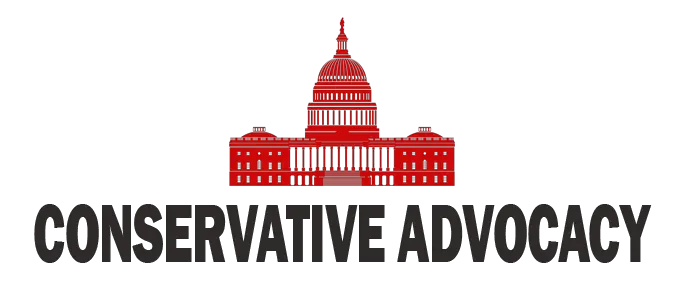Chicago has once again found itself at the center of a heated debate over public safety, as the city continues to grapple with its reputation as one of America’s most violent urban centers. Despite recent data showing some declines in homicides and shootings, many residents remain unconvinced that the city is truly becoming safer. The disconnect between official statistics and public perception underscores a deeper issue: the erosion of trust in city leadership and law enforcement’s ability to maintain order.
Mayor Brandon Johnson has highlighted a 9% year-to-date drop in homicides and a 25% decline in shootings as evidence of progress. However, these numbers fail to tell the full story. While homicides may be down, other violent crimes, such as aggravated assaults, have surged to a 20-year high. Property crimes and carjackings also remain persistent issues, leaving many Chicagoans feeling vulnerable in their neighborhoods. For residents on the South and West sides—areas disproportionately affected by violence—the sense of insecurity is compounded by decades of systemic neglect and underinvestment.
Critics argue that city officials are more focused on managing optics than addressing the root causes of crime. Reclassifying crimes and adjusting definitions to present a rosier picture has only deepened skepticism among residents. Alderman Raymond Lopez has been particularly vocal, accusing Chicago’s political elite of prioritizing ideological agendas over public safety. He points to policies that demonize police officers while coddling criminals, creating an environment where lawlessness flourishes. This sentiment resonates with many Chicagoans who feel abandoned by their leaders.
The challenges facing law enforcement further complicate the situation. Arrest rates for violent crimes remain abysmally low, with only about one in seven cases resulting in an arrest. This lack of accountability emboldens offenders and reinforces a culture of impunity. Meanwhile, efforts to root out alleged extremism within the Chicago Police Department have diverted attention from pressing issues like improving clearance rates and rebuilding community trust. For many officers on the ground, morale is low, and resources are stretched thin.
As Chicago navigates this crisis, it is clear that bold action is needed to restore safety and stability. This begins with empowering law enforcement to do their jobs effectively while holding them accountable to high standards. At the same time, addressing long-standing socioeconomic disparities in crime-ridden neighborhoods must be a priority. Residents deserve leaders who are transparent, proactive, and committed to protecting their communities—not politicians who manipulate data or push divisive narratives. Until these systemic issues are addressed, Chicago’s struggle with violence will continue to overshadow its potential as a world-class city.




